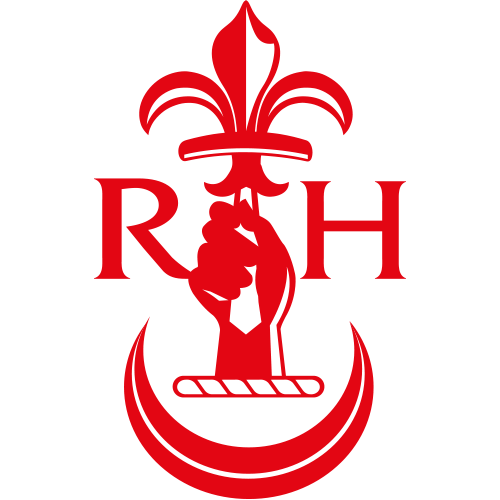
Year 9 - 12 Admissions Criteria
The appropriate number of possible admissions to the Secondary Department will be determined so that the total enrolment figure does not exceed 1450 which is the number allowed by the Department of Education.
Places will only be offered to pupils in a particular year group where to do so would not prejudice the efficient use of resources. For health and safety reasons, classes in practical subjects will not normally exceed 20 and non-practical classes shall not exceed 31. The Governors will determine if a place becomes available. If the number of applications exceeds the number of available places, children will be selected by applying the following criteria progressively in the order set down:-
Children who have shown by their academic progress and positive attitude to date that they will benefit from the educational provision available in Regent House. Evidence will be sought from the grade achieved in the Transfer Test and reports from the previous school attended, which must accompany the application. Applicants will be ranked accordingly and selection will be made according to their place in this rank order.
In the event of there being more suitable applicants than available places then the places will be allocated using the following criteria in the order stated.
(i) Children who have attended Regent House Preparatory Department.
(ii) Children who have a sibling currently attending the school (including the Preparatory Department). “Sibling” is defined as another child of the family to include, for example, half-brothers and sisters, together with children who are adopted or fostered.
(iii) Children who have had a sibling attending the school. “Sibling” is defined as another child of the family to include, for example, half-brothers and sisters, together with children who are adopted or fostered.
(iv) Children who are the eldest child of the family to be eligible to be admitted to the school.
(v) The age of the child, preference being given to the eldest child.
(vi) In the unlikely event in criterion above, of two or more children having the same birthday,
(a) Children will be selected for admission on the basis of the initial letter of the surname as it appears on the birth certificate in the order used in the BT Telephone Directory for domestic users, ‘BT order’.
(b) Where surnames begin with the same letter, the second and, if necessary, subsequent letters will be used to establish relative priority for admission using BT order.
(c) Where children have the same surname, the initial letter of the first forename as it appears on the birth certificate will be used for admission.
(d) Where the first forenames begin with the same letter, the second and, if necessary, subsequent letters will be used to establish relative priority for admission using BT order.
(e) Where no priority can be established by means of this direct alphabetical comparison (e.g. ‘Alan’ ‘Alanna’) the child with the shorter first forename will be prioritised for admission.
(f) Where children have the same first forename the child without any subsequent forename will be prioritised for admission.
(g) Where the application of (a) to (f) has not permitted priority to be established then (c) and (d) will be repeated with the substitution of ‘second forename’.
(vii) The School wishes to continue its tradition of accepting children from a wide catchment area, irrespective of the proximity of their homes from the School. If however after all the criteria 3(i) to 3(vi) have been exhausted it becomes necessary to make a final selection, priority will be given to a child whose home is closer to the school. Distance will be measured in a straight line using an Ordnance Survey map from the front door of the child’s home to the front door of the School.
